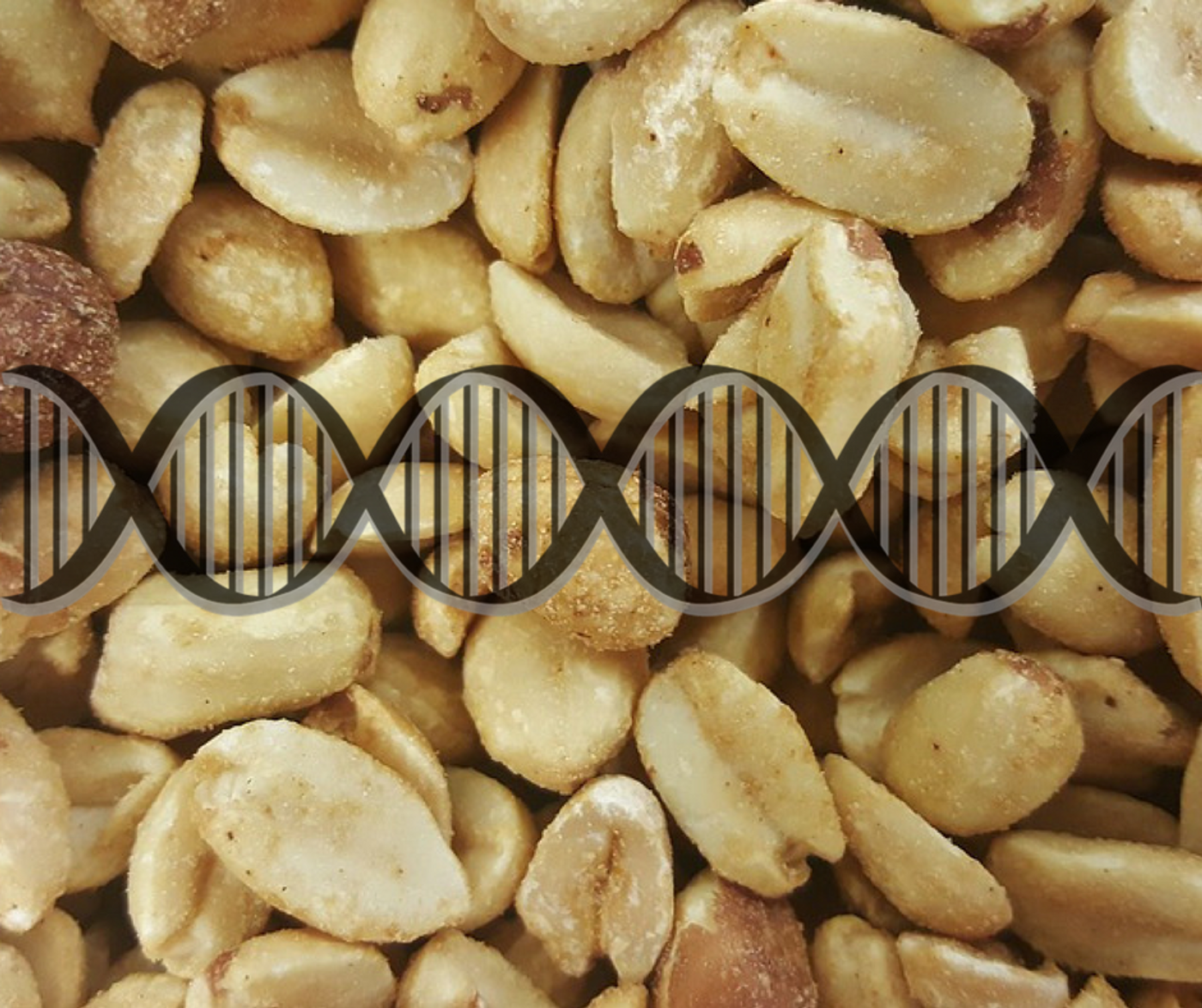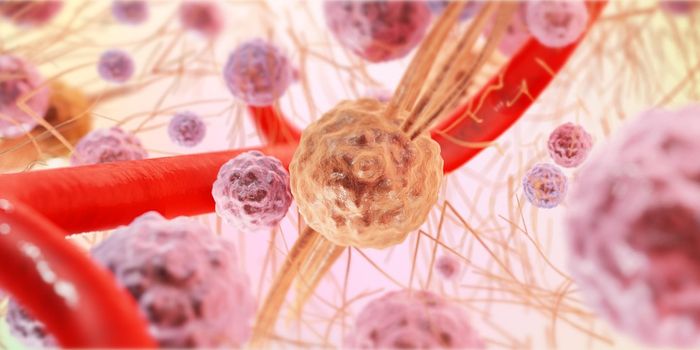Do genes determine our fate for developing allergies?
Both genetics and environmental factors play a role in one person’s risk for food allergies, but with experts estimating that 80 percent of the risk for food allergies comes from our DNA, it’s important to know specifically what genes are involved. In a new study from the Max Delbrück Center for Molecular Medicine and Charité - Universitätsmedizin Berlin, scientists identify genes involved with allergy risk and their specific locations in the genome.
In a genome-wide association study (GWAS) with 1500 children from Germany and the United States with food allergies, researchers scanned genomes for any one of five million genetic variations, called single nucleotide polymorphisms (SNPs), asking: How often do these SNPs appear in the genomes of children with food allergies?
To narrow down their search, scientists included a unique step to the study: an “oral food challenge test” to confirm allergy diagnoses. "We know from clinical practice that as many as 80 percent of presumed food allergies are not actually allergies,” explained study scientist Young-Ae Lee. “These food sensitivities are frequently due to food intolerance rather than an allergic response.”
Out of the millions, researchers pinpointed just five genetic risk loci for food allergies, with a “locus” being a fixed position of a gene on a chromosome. In four of the genetic risk loci, researchers observed a robust link to other genes association with inflammatory diseases like atopic dermatitis, asthma, Crohn’s disease, and psoriasis.
Researchers focused particularly on a region called the “SERPINB gene cluster,” located on chromosome 18. Genes from SERPINB, researchers found, are “expressed primarily in the skin and in the mucous membrane of the esophagus,” implying a role for these barriers in the development of food allergies.
Food allergies affect five to eight percent of children, mostly at an early age. Consequences from consuming food to which one is allergic can range anywhere from rashes and swelling to breathing difficulties, vomiting, and diarrhea, to potentially-lethal anaphylaxis.
From the study’s findings, researchers hope that they can improve tests for diagnosing allergies, as well as understand more about why allergies develop and how they can be treated.
The present study was published in the journal Nature Communications.
Source: Max Delbrück Center for Molecular Medicine in the Helmholtz Association









